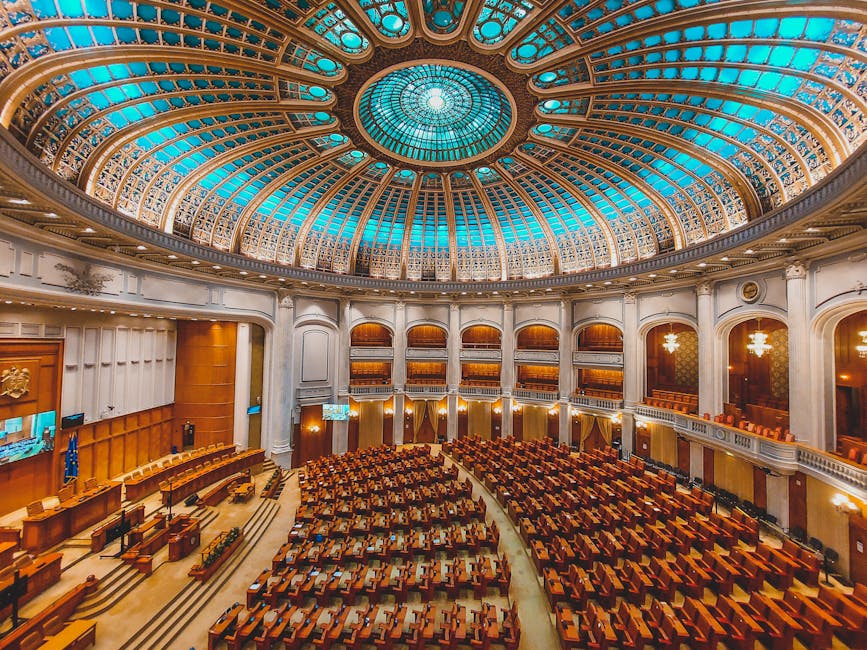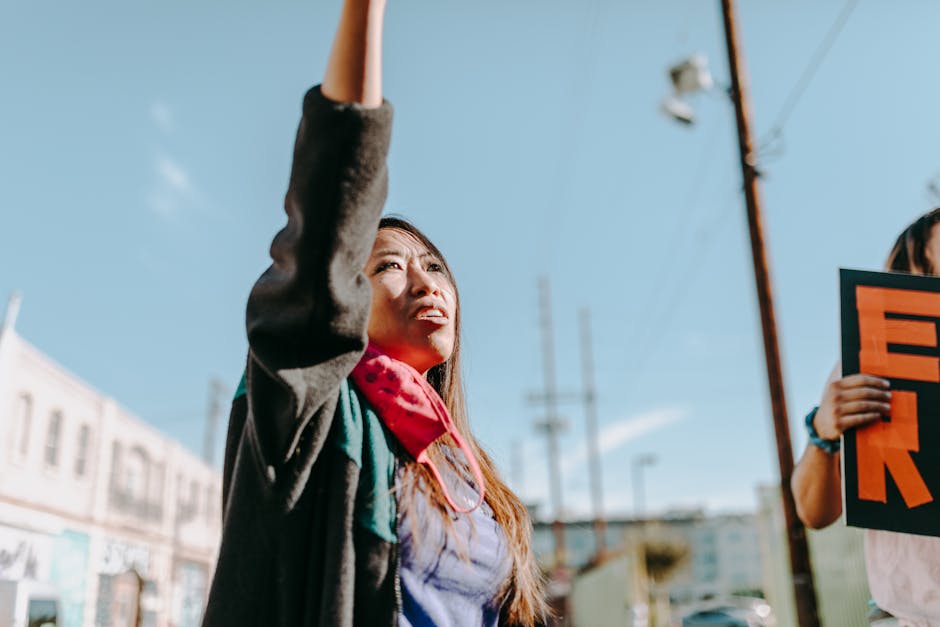Chief Justice Gavai Backs Exclusion of Creamy Layer in SC Reservations
In a pivotal statement, Chief Justice Bhushan Gavai has endorsed the exclusion of the “creamy layer” from Scheduled Caste (SC) reservations, sparking a national debate. This stance, raised during a hearing on Maharashtra’s reservation laws, challenges the long-held view that SCs require uniform protection regardless of economic status. Supporters argue it ensures benefits reach the most marginalized, while critics warn it weakens constitutional safeguards against caste-based discrimination.
What Is the Creamy Layer?
The “creamy layer” refers to relatively affluent individuals within backward classes who may not need state support. Established in the 1992 Indra Sawhney v. Union of India case, this principle applies to Other Backward Classes (OBCs) but has never extended to SCs and Scheduled Tribes (STs), who are treated as uniformly disadvantaged due to historical oppression.
Justice Gavai’s Argument
During a hearing, Justice Gavai questioned, “Shouldn’t economically advanced SCs be excluded to help the truly needy?” He referenced cases where privileged SC individuals repeatedly secured quotas, leaving poorer candidates behind. This aligns with a 2018 Supreme Court suggestion (Jarnail Singh v. Lachhmi Narain Gupta) to reconsider creamy layer exclusion for SC/STs.
Supporters: Ensuring Fair Distribution
Advocates argue reservations shouldn’t perpetuate privilege for a few. Dr. Ambedkarite scholar Rajesh Paswan notes, “Wealthy Dalit families should make way for those still facing caste barriers.” Tamil Nadu’s OBC creamy layer model is cited as a success in targeting the poorest.
Opposition: Caste Bias Persists
Critics stress that caste discrimination isn’t erased by wealth. Activist Anoop Kumar states, “A rich Dalit endures social exclusion and untouchability.” Leaders like Mayawati (BSP) call the move a “Brahminical plot” to reduce SC quotas.
Legal Precedents
The Supreme Court’s 2004 E.V. Chinnaiah v. Andhra Pradesh ruling barred states from sub-classifying SCs, citing Article 341. However, Justice Gavai’s remarks suggest a potential shift. A constitutional amendment may be required—a politically fraught step.
Possible Solutions
Balancing efficiency and equity could involve:
– Income thresholds (like OBCs).
– Generational limits (excluding families after two quota uses).
– State-specific policies based on local data.
Conclusion
Justice Gavai’s comments reignite a complex debate. While targeting the neediest is crucial, solutions must acknowledge caste discrimination’s enduring nature. The Supreme Court’s decision could reshape India’s social justice framework.
What’s your view? Should SC reservations exclude the creamy layer? Share your thoughts below.
(Word count: 600)




